

Environment
Ecological clothes design
RecyCOOL Lessons
Disclaimer
These lessons have been created for and tested with young people in Slovakia, the Czech republic, Germany, Hungary and Croatia. They are open-source and available for adaptation for different groups globally. All lessons were created in the Erasmus+ project as educational materials for young people 15+. These are peer-to-peer youth educator lessons created through an inclusive and participatory educational approach. The content, information, opinions, and viewpoints contained in these educational materials are those of the authors and contributors of such materials.
While Fashion Revolution CIC takes great care to screen the credentials of the contributors and make every attempt to review the contents, Fashion Revolution CIC does not take responsibility for the viewpoints expressed or implied, in addition to this the completeness or accuracy of the content contained. The information and education material contained herein is meant to promote general understanding and promote further research and discourse. Find more lessons HERE
Ecological clothes design
Description
First we are going to learn about the process of designing clothes. After that we move on to the topic of leftover textiles. We will see some examples on how to effectively reduce the amount of leftover textiles. Then - we will do a small task by drawing a T-shirt sample and placing it on a blank sheet of paper. Finally we will review and discuss some solutions on what we can do when we have leftover textiles or unused clothes at home.
Objective
Objective of this lesson is to get to know a conventional designing process and some ways how it can be made ecological by reducing the waste of textile leftovers.
After this lesson you will be able to - understand the fashion designing process - get to know how much leftover textiles remain after the fashion design process - list some ways in which the fashion design process can be less harmful in generating textile waste
Tools and materials
scissors, some A4 blank paper, some A3 blank paper, pencils
ECOLOGICAL CLOTHES DESIGN:
Designing fashion in a way that reduces environmental impacts as much as possible, compared to the conventional design.
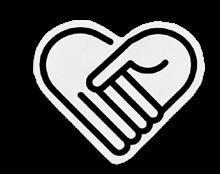
Do you know how clothes are designed? This lesson focuses on clothing design and looking at how it can be changed or improved, to be more ecological.
Let us think about these questions:
How do you think the design process works? Have you ever designed/drawn a picture of a garment that you wanted to make?
Can you guess how much leftover material is at the end of the design process?
What is the process for designing clothes? Ideally, a fashion designer sketches possible ideas, then the idea will be brought to life with the help of textiles, sewing machines and workers.
But when business needs are rising, the designers tend to design pieces which can be sold quickly and with more profit. From the sketch, the designers choose the fabric, the pattern, the colours, and make a sample piece. When one sample garment is ready, it can be tested, then later will be mass-produced according to the needs of the buyers.
The product will then be marketed through advertising online or in print - such as in magazines - as well as a fashion show that promotes the product to its future owners and store owners! The product will then be sold in store, sometimes also in an online store.
Let us get to know the fashion designing steps! Most textile design starts with ideas, dreams, and then an illustration or sketch follows. Watch this short video on how patterns are made from sketches!
Another sketch is the next step, the technical sketch for the garments to be made. Here the designer can use computer-aided drawing software, known as CAD.
CAD software is used to make very precise two-dimensional or three-dimensional illustrations. By using this technology, it’s easier for the designer to make changes and modifications.
CAD programs are a really good way of creating woven or knitted fabrics, as it is easy to choose from many patterns and colours for different threads and produce detailed drawings of what they may look like in real life, when they are made.
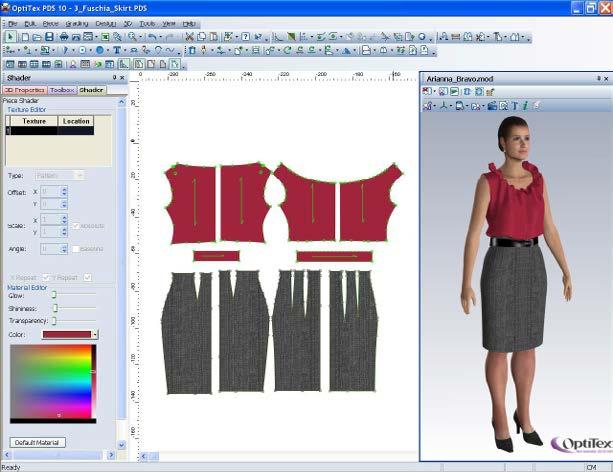
Photo credit: Mad Foxy
The next step is to create a technical package for the garment. When the fashion designer is dreaming of a new idea, then draws it on paper, that idea needs precise measurements of the model, details about the chosen fabrics, and of course the sewing process. This pack contains the details and specifications for construction. When a textile designer chooses a specific weave or design element, they also have to decide on colour, and, if the design is a printed image, the colour of the background fabric.
There are even people called textile colorists who specialise in consulting on colour trends and effects. Textile designers also decide on how large the design will be and the number of repeats - (how many times the design is printed on the fabric). Sometimes, to vary a simple pattern and make it more interesting, designers may create half-drop repeats, where the design is repeated but placed halfway down on the pattern from the one before it. Watch this video.
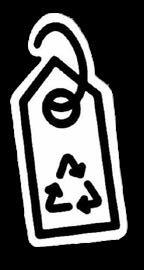
This leads the eye through the pattern in a more engaging way. When all data is chosen then it goes to the sourcing agent or developer, so they can make plans for fabric and trim options. When everything is fixed, then the pack goes to the factory and fabric sourcing.
Now we get serious with the next step: sourcing. The designer needs a factory where the garment can be made. All the suppliers for trims and fabrics, labels and packaging are needed to finish a product. We move on to finally make a sample piece now with the sampling phase. The samples are made prior to the factory production, to check if everything is well with the tech pack. If not, then the designer has to make some modifications on the tech pack.
When the sample is ready, then we go on to the fit and review step. Here the designer carefully examines the sample to make sure if it is ready for production. When the designer approves the sample, it is ready for the design approval step. It is time to double check all the details and make sure all is well. And then we come to the end of the production step, where the garments are made by factories. The ready garments then travel to the distributor and find their happy owners.
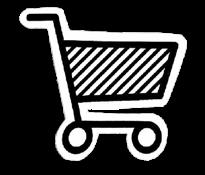
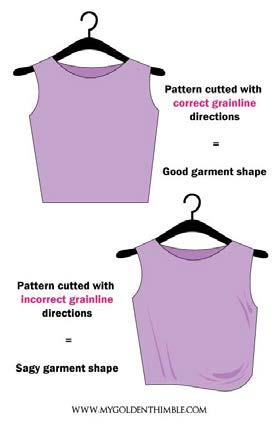
Now let’s see where waste is produced in the clothes designing process. First, the sample piece comes with leftovers and the garment itself isn’t used in retail, so it is waste too. Then, during production in the factory, when the garments are made, leftovers are thrown into the bin.
Most fashion companies buy fabrics seasonally for their collection, specific prints, colours. The fabric is bought in only the required amount but there will always be fabric leftover as they don’t repeat the same collection.
Photo credit: My golden thimble
On average, 35% of all materials in the supply chain end up as waste before a garment or product reaches the consumer. Researchers estimate that even with conscious effort, leftover fabric could only be reduced to about 10% of materials used. The bigger the production run – and the bigger the garment – the more likely it is for leftover waste to be generated.
Most of this waste fabric (that only remained in small quantities and couldn’t be resold to a fabric resale store) would go towards the landfill. Here, natural fibres can take hundreds of years to decompose and synthetic textiles hardly decompose, releasing toxic substances into the environment.
A trillion tonnes of clothing are produced all over the world nowadays. The leftover materials are not often used for making clothes, rather, they are being dumped. Generally it is 10-30% that are fabric leftovers.
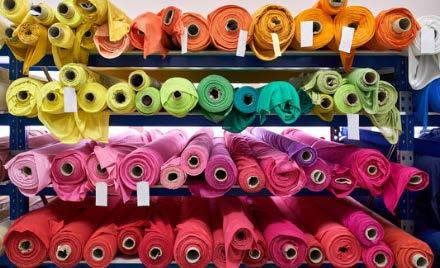
Photo credit: Adobe
There is a new way to solve this problem: The small scraps are shredded by companies that turn them into insulation, carpet padding, furniture lining, moving blankets, etc. Recently, even a punching bag company reached out to use fabrics for stuffing their punching bags. There are programmes made for designers to help reduce textile leftovers, so they can work with the minimal waste possible for making new garments.
But many fast fashion factories want to maximise the amount of clothes they produce, so they even cut the fabrics not alongside the grainline (the weave of the fabric: which direction the threads are running), which results in poor quality garments that will tend to look crimped. This is all done to make more profit.
Fashion Revolution’s Fashion Transparency Index finds that of the 250 major fashion brands and retailers reviewed, just 10% of brands disclose the quantity of pre-production waste generated annually (e.g. offcuts, scraps, threads, end of roll fabrics), meaning there is very little visibility of the amount of waste generated annually across the biggest fashion brands. Without more visibility on waste, it is hard to assess if the innovative solutions being developed are effective enough.
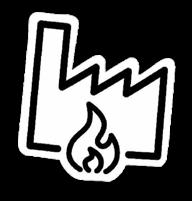
• You can inspect garments in your wardrobe if they are sewed properly.
Now let us experiment a bit.
Imagine you are a fashion designer and you are designing T-shirts. You are planning to make the maximum number of T-shirts from one sheet of fabric. Your task is to place one pattern as many times as you can to maximise the production.
First you need to draw a T-shirt pattern on a blank piece of paper. Measurements: width: 13 cm, length: 11 cm (try to make it within these dimensions). Cut it out and place the T-shirt pattern on the bigger A3 sheet of paper and see how many times it can fit - use all the space on the paper. When you are ready with the positioning, start to trace the pattern. Then cut out all the little T-shirts and collect your waste papers.
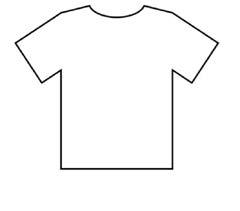
How many t-shirts could you make from this “fabric”? Did you have any paper leftovers after cutting all your T-shirts? Compare it with the others, how much was left over for you and for the others? Could you make less of this waste? Can you think of ways to reduce the waste - or to make it in zero-waste philosophy, no waste at all?
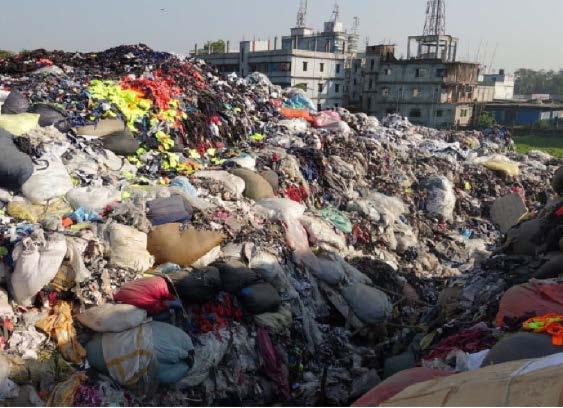

Photo credit: EcoTextile
Reflection
Have you ever made clothes for yourself? There are many webpages and magazines where you can find simple sewing patterns for diy clothes.
Minimal waste sewing pattern
We went through the conventional clothes designing process and saw some ways for eco-friendly design. We understood that the leftover material can be a huge amount worldwide and it can cause harm to the environment. We experienced the design process and we have seen with our own eyes that not all space on the sheets of paper (or, length of fabric) can be used.
Can you think of some ways to use the leftover textiles?
Some ideas for you if you have leftover textiles or unused clothes at home:
• make small bags
• use it to make a diy home decoration
• make a fabric coaster
• make a doormat
• make patchwork quilts
Watch these videos for inspiration:
Zero-waste Daniel
The makeover of leftover fabric scrap
Best use of leftover fabric
You can read about sustainable designers, who are designing clothes from waste, recycled and vintage materials HERE.
Resources
Galvin, M. et al. (2022). Fashion Transparency Index 2022. Fashion Revolution. Available at: https://www.fashionrevolution.org/about/transparency/
MasterClass. Inside the Fashion Design Process From Briefs to Assembly. 2021. Available at: https://www.masterclass.com/articles/inside-the-fashiondesign-process-from-briefs-to-assembly#how-the-fashion-design-process-works
Bloggersomu. CAFD – CAD Strategies For Fashion Design. 2020. Available at: https://madfoxy.com/cafd-cad-fashion-designing-onilne-course/ https://www.youtube.com/watch?v=lmdQHK2lfKw
Common Objective. Fashion and Waste: An Uneasy Relationship. 2018. Available at: https://www.commonobjective.co/article/fashion-and-waste-an-uneasy-relationship#:~:text=Researchers%20estimate%20that%20even%20 with,leftover%20waste%20to%20be%20generated
Uptown Atelier. What is Grainline in Sewing? And Why Does it Matter? 2015. Available at: https://www.uptownatelier.com/create-your-happy/what-is-grainline#:~:text=Grainline%20is%20essentially%20the%20 weave,how%20the%20finished%20garment%20behaves.
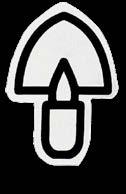
Attachments
Suggested articles:
The design process in 9 simple steps
The textile recycler
Textile design techniques
Grafis CAD software
Suggested reading:
Fashion Revolution White Paper
13 examples of zero-waste fashion
Computer-aided design
Every brand should start thinking about zero-waste design
Author
Gabriella Suba, Fashion Revolution Hungary
Partners







With the support of the Erasmus+ programme of the European Union



